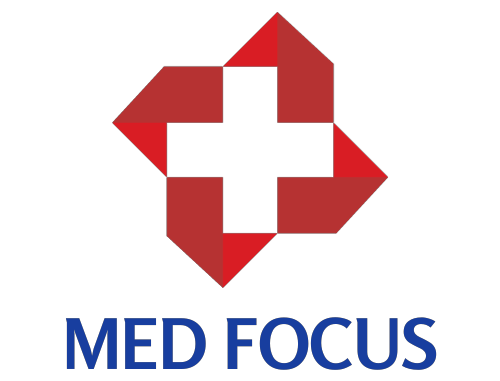The foundation of a medical student's education and future practice is their clinical abilities. It's essential to master these abilities in order to deliver high-quality patient care. We will walk you through step-by-step directions, advice, and best practices for mastering fundamental medical operations in this series of clinical skills lessons. These videos can help you increase your confidence and competence in clinical situations, regardless of whether you are a beginner or looking to improve your skills.

Below are some of the tips to develop your clinical skills:
1. Getting a Complete Patient History:
In this article, we'll look at how to get a complete patient history. To acquire pertinent information, learn how to build rapport, ask open-ended questions, and employ active listening techniques. Also go through the significance of getting a complete medical, social, and family history and offer advice on how to appropriately record the results.
In this article, we'll look at how to get a complete patient history. To acquire pertinent information, learn how to build rapport, ask open-ended questions, and employ active listening techniques. Also go through the significance of getting a complete medical, social, and family history and offer advice on how to appropriately record the results.
2. Conducting a Physical Examination:
Learn how to conduct a physical examination by mastering the fundamental techniques. Learn each phase of a thorough physical examination, including examining, palpating, percussion, and auscultating. Learn how to examine different body systems in the right order and with the right tools, as well as how to successfully convey your conclusions after doing so.

3. Venipuncture and Intravenous (IV) Access:
Venipuncture and intravenous (IV) access are the two important skills for medical professionals. Go over appropriate hand washing, setting up the necessary tools, placing the patient, and the effective venous access procedure. There will be thorough directions and advice given for various vein types, including circumstances where access may be challenging.
Venipuncture and intravenous (IV) access are the two important skills for medical professionals. Go over appropriate hand washing, setting up the necessary tools, placing the patient, and the effective venous access procedure. There will be thorough directions and advice given for various vein types, including circumstances where access may be challenging.
4. Suturing Techniques:
Techniques for Suturing: For medical trainees, especially those interested in surgery or emergency medicine, suturing is an essential skill. You will learn a variety of suturing methods, such as simple interrupted, continuous, and vertical mattress sutures. Learn over the best suture materials, how to choose a needle, how to close a wound, and how to care for a wound after suturing.

5. Lumbar Puncture:
Spinal taps, commonly referred to as lumbar punctures, are carried out for both therapeutic and diagnostic purposes. Discover the sterile method, patient placement, and indications and contraindications needed for a successful lumbar puncture. Also go through how the results of cerebrospinal fluid (CSF) analysis should be interpreted.
6. BLS and CPR: Basic Life Support and Cardiopulmonary Resuscitation:
Healthcare staff must be able to do BLS and CPR because cardiac arrest can happen anywhere. The procedures for evaluating a collapsed patient, starting CPR, and utilizing an automated external defibrillator (AED) should be learnt by a health care professional. Additionally, learn about the methods and algorithms used for basic life support in various age groups.

By following these clinical skills tips, you will gain the knowledge, confidence, and hands-on experience necessary to excel in medical procedures. Remember that practice, supervision, and continuous learning are key to mastering clinical skills. As you progress in your medical training, continue to refine and expand your repertoire of skills to become a proficient and compassionate healthcare provider.
Kindly visit themedfocus.com for additional advice and recommendations about attending medical school. If you're seeking a trustworthy internet source, please check out the whole medical school package at the URL below.
https://themedfocus.com/products/the-complete-med-school-bundle

